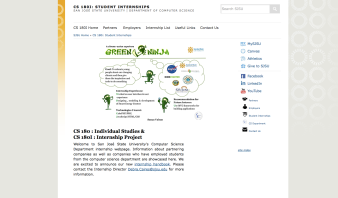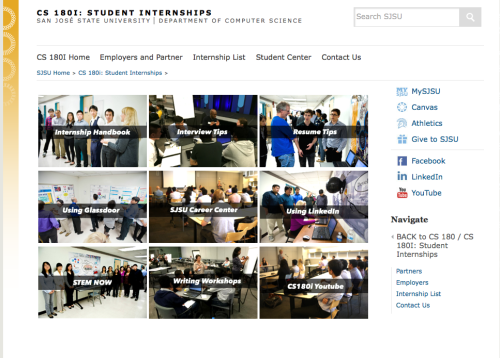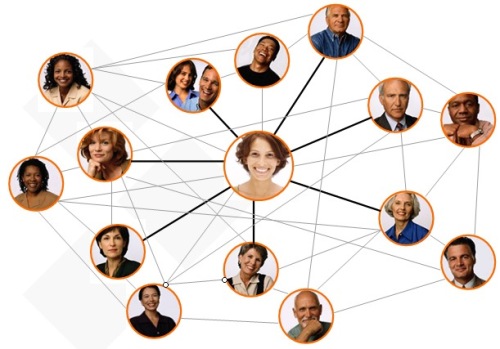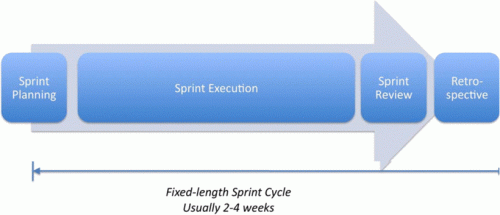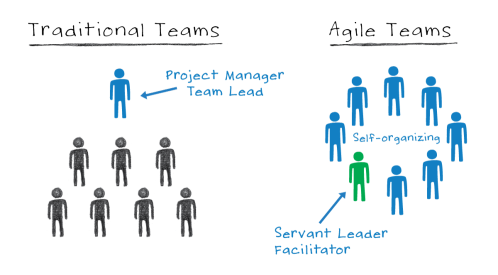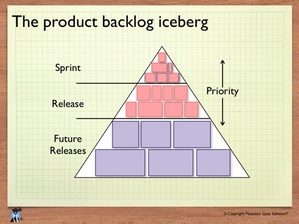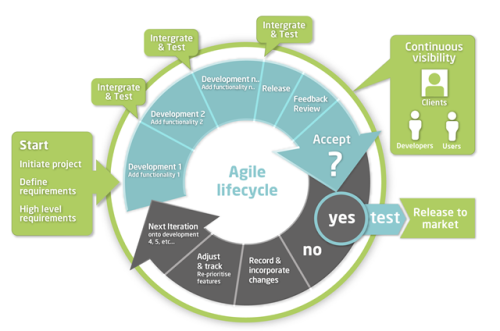Delivering a Project and Presenting to a Multi-Level Audience
So now we’ve finished our project. Besides handing it off, we also have to present it to an audience. With our poster expo coming up on December 5th, I have a lot to learn about presenting my project in a successful and meaningful way. However, I plan to share everything I learn with my very own readers!
For starters, we have to have visuals. Visuals for selling our product and ourselves. No audience member wants to see text or the actual coding behind a project. The secret is that they do not really care how you got there, they just want to know the end result and how it will benefit them. It does not mean that the process and journey spent getting to the end does not matter, it just means that when you are presenting, it does not matter at that moment. So let me share with you, our cs180i visual, our poster:
Great! So we have our visual, now I need to know how to present it. Thinking about current day, successful presenters, the first person that comes to mind is Steve Jobs. If there was one person that convinced me that I needed things that I really did not, it would be Steve Jobs. The way he presents things is magical. It convinces people that they need this object without really knowing its full purpose. So that is exactly who i want to be like for this upcoming poster expo: the next Steve…
Now the question is how. How does Steve Jobs do it? Honestly, there is an entire list of how he does it, but I am going to choose the ones that I personally want to aim for:
- Focus on Benefits
- Sell Dreams, not Products
- Create Visuals
- Reveal a “Holy Smokes” Moment
- Practice, a lot!

So I have to convince people that the CS180i Website has benefits, which it does; It creates an online student center and a connection between students and potential employers. Check. Sell dreams, not products. Personally, I think any computer science major’s dream is to get an internship at a company that they enjoy and eventually, be hired full time, and be successful. Visuals: the poster and the actual website itself! Check! “Holy Smokes” moment, that one is a little more tough… However, I think the “Holy Smokes” moment that the CS180i Website provides is that anyone can be a part of this website: students, partners, and employers. Even though I have all these factors, I know that my presentation and delivery will not be amazing as it should without practice!
Now that we all know what makes a good presentation and delivery, it is time to stop reading about it and time to start practicing!
References
Gallo, C. (2010). The presentation secrets of Steve Jobs. Retrieved from http://bit.ly/1zPQfF7
McMinimee, J., Schaftlin, S., & Warne, T. (2009, October 1). Best Practices in Project Delivery Management Supported by the National Cooperative Highway Research Program . Retrieved November 29, 2014, from http://onlinepubs.trb.org/onlinepubs/nchrp/docs/nchrp20-68A_07-01.pdf

